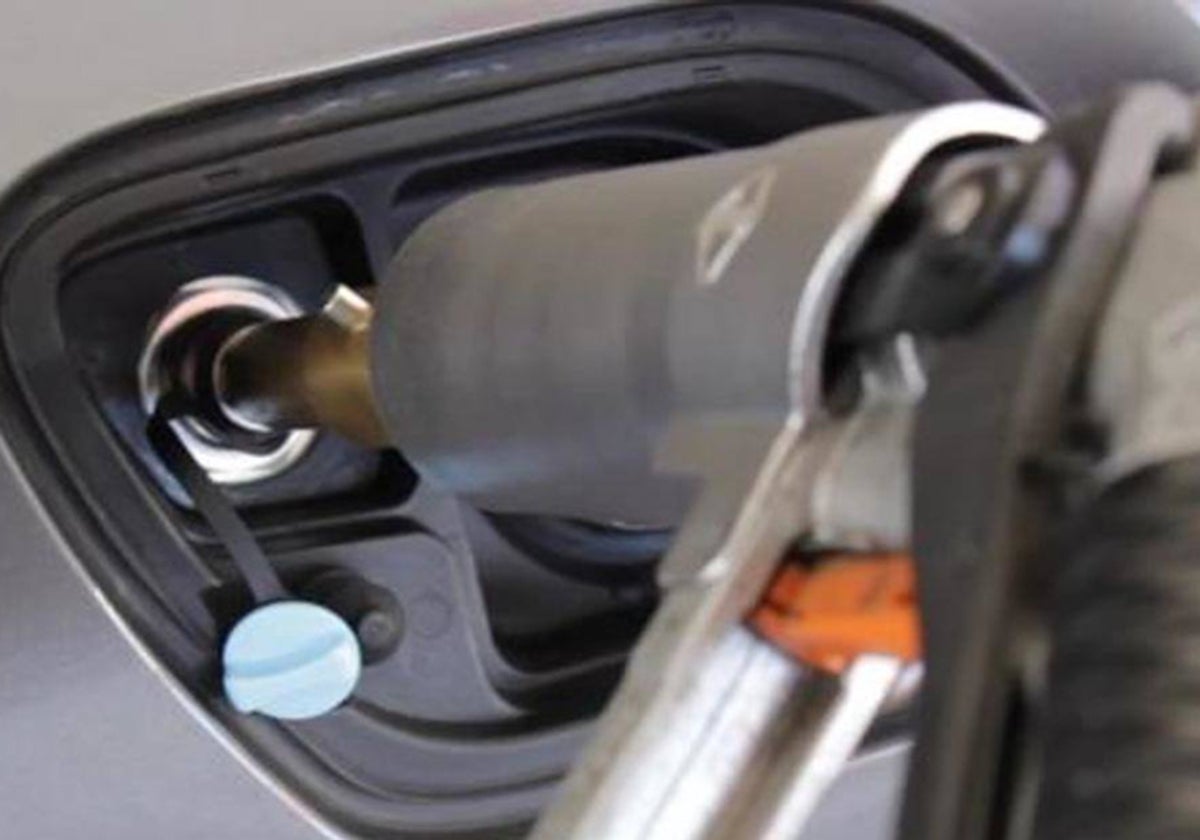Sixteen teams representing the same number of countries will participate in the 1974 World Cup. Mercedes-Benz has prepared a number of buses for their journeys. We went to the German team, which hides some surprises
On July 6, 1966, the XXVth FIFA Congress took place in London. In this appointment, those who will be the two World Cup headquarters are chosen after the one in England, which started a few days later. The Federal Republic of Germany (FRG) is elected for 1974. That’s right
a historic decision because after the Second World War the country was divided in two, the FRG and the Democratic Republic or East Germany under a communist regime. By the way, one more fact for history, the two Germanys will participate in their respective teams in this event that takes place from June 13 to July 7, 1974
The sixteen participating teams in this X Soccer World Cup have to move from their places of concentration to the fields where they play the matches and, as it cannot be otherwise, they do so per coach. Mercedes-Benz is the supplier of the sixteen units, each painted with the name and colors of the country and the flags of the respective teams on the roof.
The chosen model was the 0 302, already a veteran born in 1965: its successor, the 0 303, was presented in that year 1974. , suspension comfort and ease of use. It had air conditioning for the first time and as a special equipment: those of the 1974 World Cup had that of the “Thermo King” brand, in the rear part of the roof.
Air suspension, initially a special equipment, was fitted as standard from 1971. The coach was available with a choice of four six-cylinder diesel engines and power outputs ranging from 126 to 240 hp.
After the World Cup, these coaches were reused and over the years they gradually lost their track.
But at Daimler, they wanted to bring back the O 302 used by the West German team that won the World Cup in 1974. And they have made a replica of it from another example, and it is displayed in the brand’s museum. It stands out for its striking design with the logo “WM 74” (World Cup 74), the inscription “BR Deutschland” (FR Germany) and the applied national colors black, red and gold. The ’74 Cup logo on the outside of the canister represents a stylized rolling football. The mascots of the 1974 World Cup greet us from behind: “Tip and Tap”, two smiling children with red cheeks, in the black and white DFB kit. They were created by the Saarbrücken illustrator Horst Schäfer. They were available as a cuddly toy and key ring, but also as a tie, children’s pajamas or beer mugs.
Yes, getting on this bus is a journey back in time, but not only to the sporting event but also to life, to society, to the mentality of those seventies of the last century.
The red-orange seat cover fabric shines brightly and there is a headrest cover on each seat – each player had their own assigned seat. Individual equipment also includes ashtrays at every seat, an onboard toilet and even a tap for fresh beer… Yes, times were different: non-alcoholic beer would not become widespread until much later, and smoking was still socially acceptable, even for elite athletes.
And the well-suspended driver’s seat, from which he would grab the big black steering wheel and proudly lead his team, surrounded by the gaze of the fans. On the seat next to you? Probably the national coach Helmut Schön, maybe also the assistant coach Jupp Derwall or the captain, the famous Franz Beckenbauer. The World Cup song “Fußball ist unser Leben” (“football is our life”) was certainly often played on the Blaupunkt stereo cassette player. The senior team players of the DFB (German Football Association) personally sang it in the recording studio before the tournament. Now it rings as soon as museum visitors board the bus.
For three and a half weeks, the football players traveled in “their” O 302 to match stadiums throughout West Germany. In the final on July 7, 1974 in Munich, the German team competed against “Clockwork Orange”, the famous Dutch team led by Rinus Michels, and with figures such as Johan Cruijff, Johan Neeskens…
With a result of 2 to 1, the match ended, and the German team, having received the long-awaited cup, got on that bus with the registration “F-WM-134”. On the way back to the hotel, a lot of party beer would have flowed from the tap of the bus…
In 2011, a photo appeared on social networks: it was in Iran, and the German team bus appeared there. A long and curious journey and perhaps another story to tell.
Source: La Verdad
I am Ida Scott, a journalist and content author with a passion for uncovering the truth. I have been writing professionally for Today Times Live since 2020 and specialize in political news. My career began when I was just 17; I had already developed a knack for research and an eye for detail which made me stand out from my peers.



